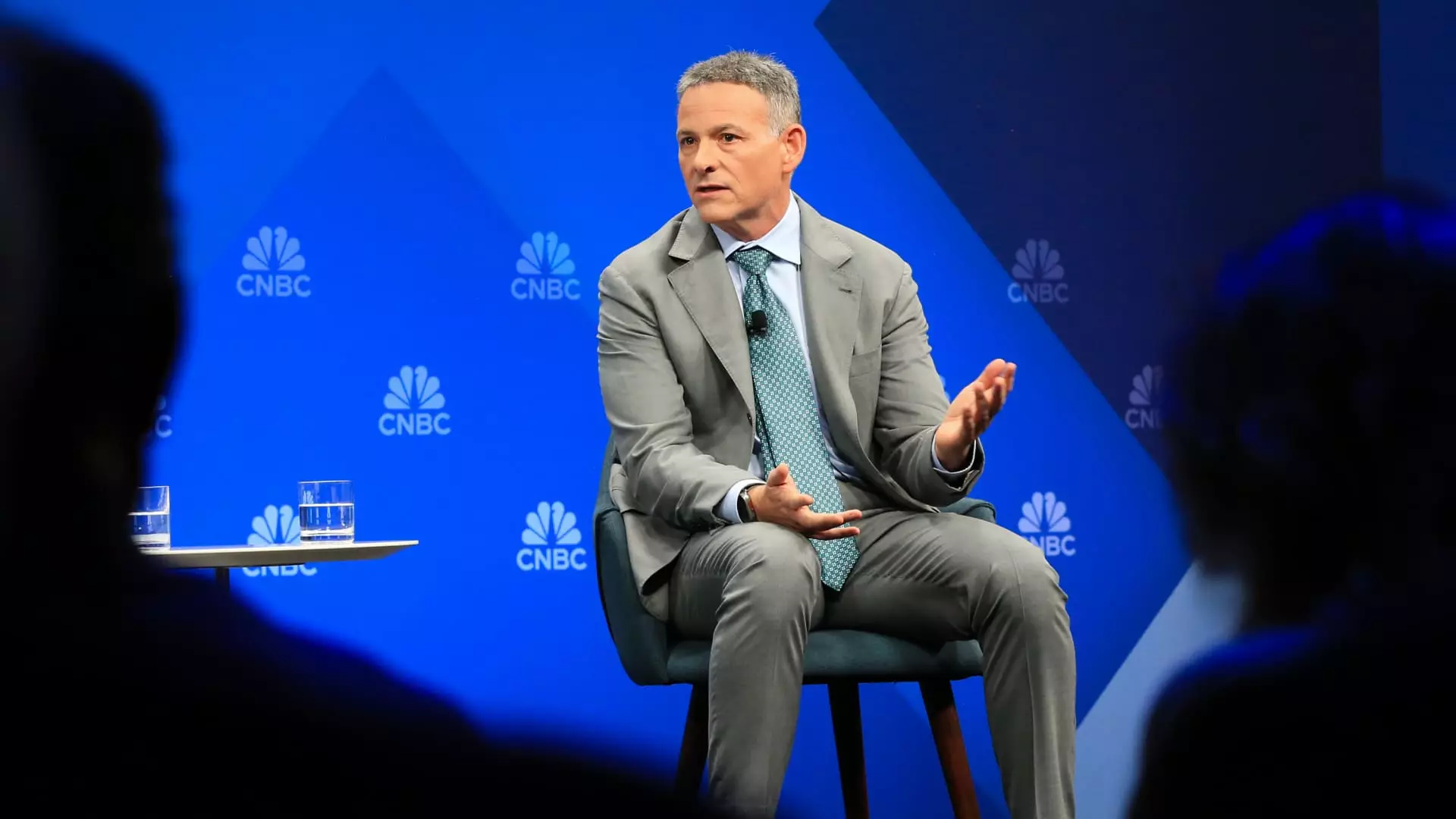In a financial landscape rife with uncertainty, the shine of gold has captivated the attention of investors like Greenlight Capital’s David Einhorn. With gold prices skyrocketing by over 20% this year, particularly in the first quarter, it’s impossible not to take notice of this commodity’s extraordinary performance. Einhorn’s bullish stance on gold reflects a broader sentiment that the yellow metal is not just a relic of the past but a crucial asset in contemporary portfolio management. This year could mark a pivotal moment where gold once again asserts its traditional role as a hedge against economic instability.
The Fragility of Fiscal Policies: A Recipe for Caution
Einhorn’s assessment of the fiscal and monetary situation in the United States is strikingly blunt. He argues that the country’s aggressive fiscal policies and the lack of a cohesive strategy to address the growing deficit portray a system teetering on the brink of potential disaster. His assertion that bipartisan inertia will allow the deficit to fester until a crisis hits speaks volumes about the current political climate. There’s a disheartening sense of complacency among policymakers that threatens the stability of the U.S. economy, and it’s this turbulence that adds to gold’s allure. While the stock market may fluctuate wildly, gold remains steadfast, a sanctuary for those keenly aware of the risks involved in a dubious financial system.
Contrasting Outcomes: Gold vs. Stocks
2023 has not been kind to the stock market, with the S&P 500 reporting a decline of more than 4% during the same period that Greenlight Capital reaped an impressive return of 8.2%. The contrast between these two investment avenues speaks to an apparent disconnect. While stocks are often seen as the engine of economic growth, their volatility reveals their inherent vulnerabilities. In contrast, gold’s performance serves as a reminder of its enduring utility as a defensive asset. Investors should grapple with the idea that securing wealth during economic downturns may be less about riding the bull market and more about protecting oneself from the uncertainties created by human error and policy miscalculation.
The Misconception of Gold as an Inflation Hedge
Interestingly, Einhorn clarifies that he doesn’t see gold merely as an inflation hedge. Instead, he points to long-duration inflation swaps as strategic positions that suggest an impending rise in consumer prices beyond what the market anticipates. This perspective elevates the discourse around gold beyond simplistic categorizations and illustrates the multifaceted nature of investing in troubled times. While gold often serves as a traditional hedge, it also offers an opportunity for those willing to look deeper into market dynamics.
The indispensable lesson here is that while market conditions may vary, the intrinsic value of gold remains ever-relevant. As observers, we must continue extracting wisdom from both the risks and rewards that shaped 2023’s economic narrative, particularly regarding the shrinking faith in governmental fiscal responsibility. In a world increasingly defined by speculation and fragility, the bullish sentiment surrounding gold isn’t merely a trend; it’s a sober reminder that caution is more prudent than blind faith in the markets.

